Tag: Knutpunkt
-

Nordic Larp is not ”International Larp”: What is KP for?
in
International larp is a tremendous thing, and it deserves to thrive and grow. But not at the expense of the Nordic larp that it borrows so heavily from.
-
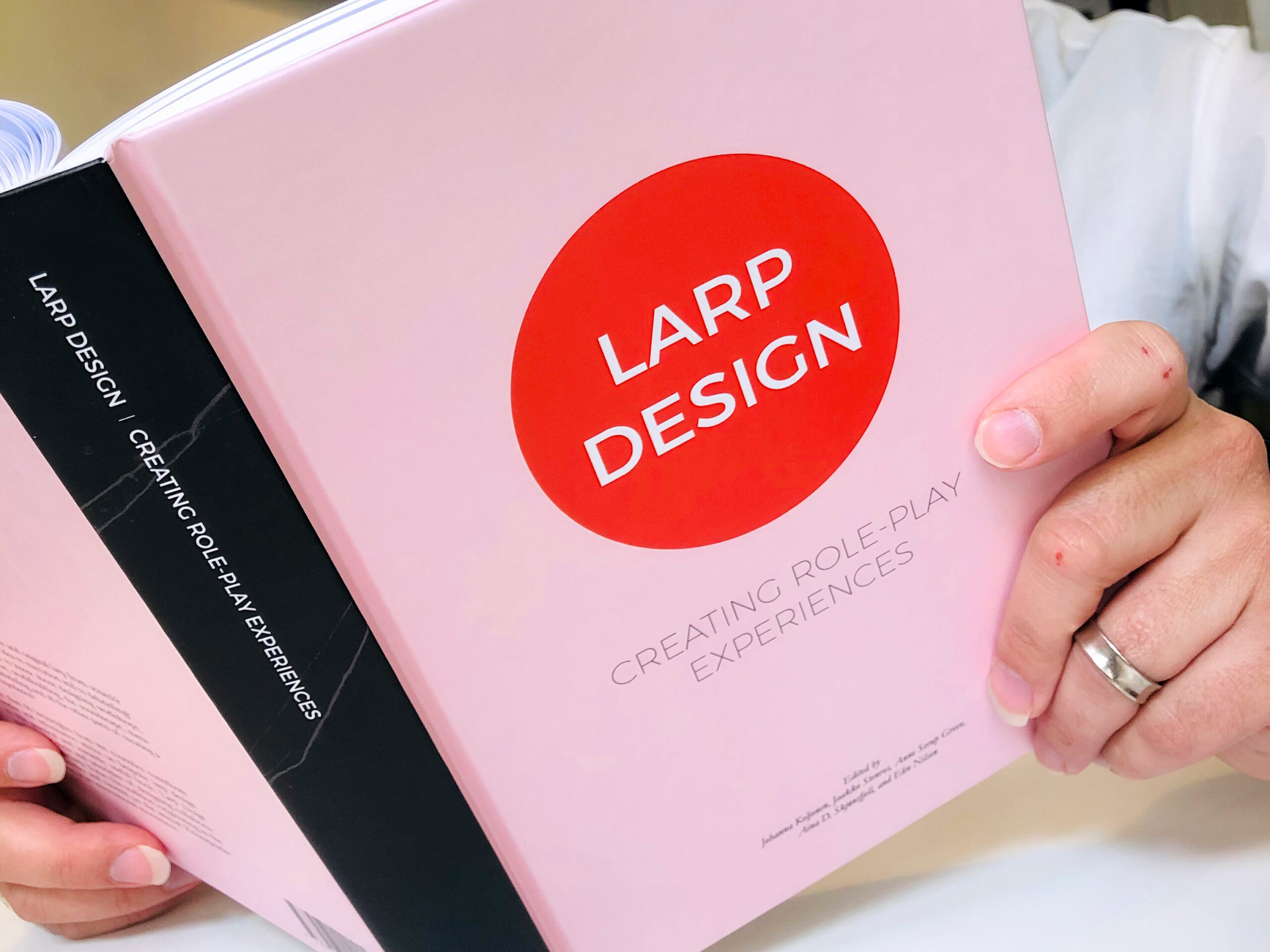
Larp Design Glossary
in
The original version of this glossary was published in the 2019 book Larp Design: Creating Role-Play Experiences. 360° illusion Larp design idea where what you see is what you get. The environment is perceived as authentic, everything works as it should affording participants to engage in authentic activity for real, and participants perform immersive role-play.
-
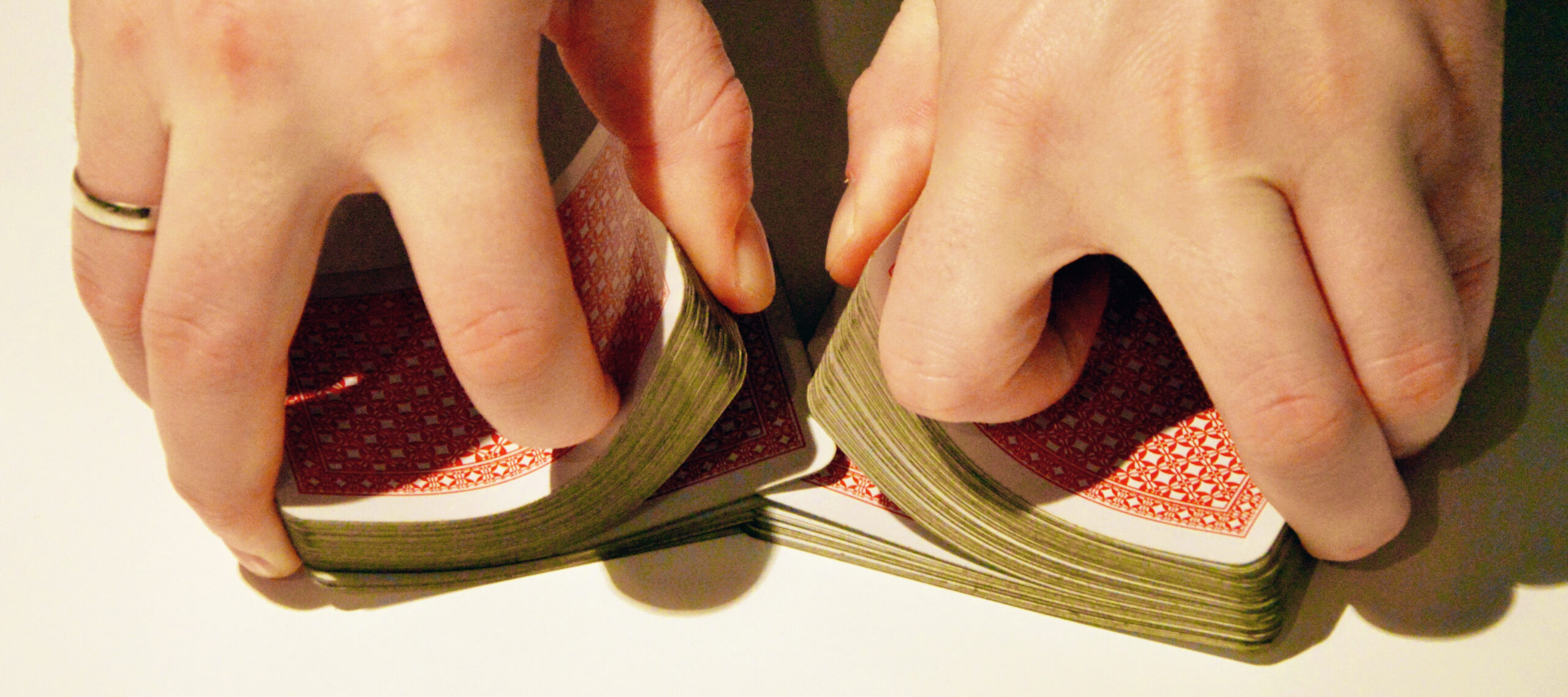
Knutpunkt 2018 Companion – Call for Content
We want your content for the Knutpunkt 2018 Companion! This year the publication will be online and accept many different types of content. Contribute here!
-
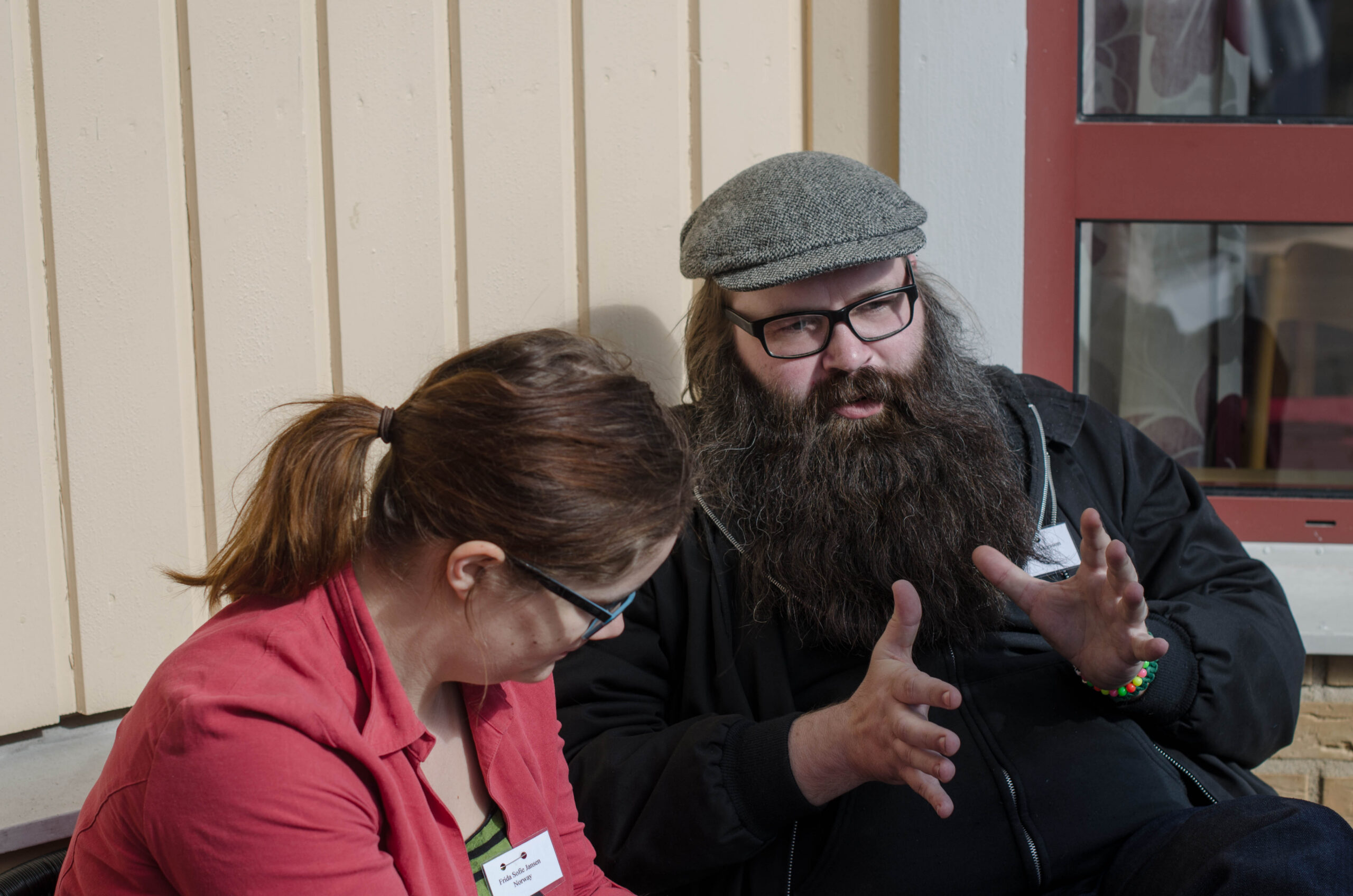
All the Mistakes I’ve Done Episode IV
A classic program item at Knutepunkt is the “All the mistakes I’ve done” session. At Knutpunkt 2014 we once more got larp designer and producers to tell some of their dark secrets. Sharing mistakes this round was Juhana Pettersson, Anna-Karin Linder, Troels Barkholt-Spangsbo & Hanne Grasmo. The session was hosted by Rasmus Høgdall. Once again
-
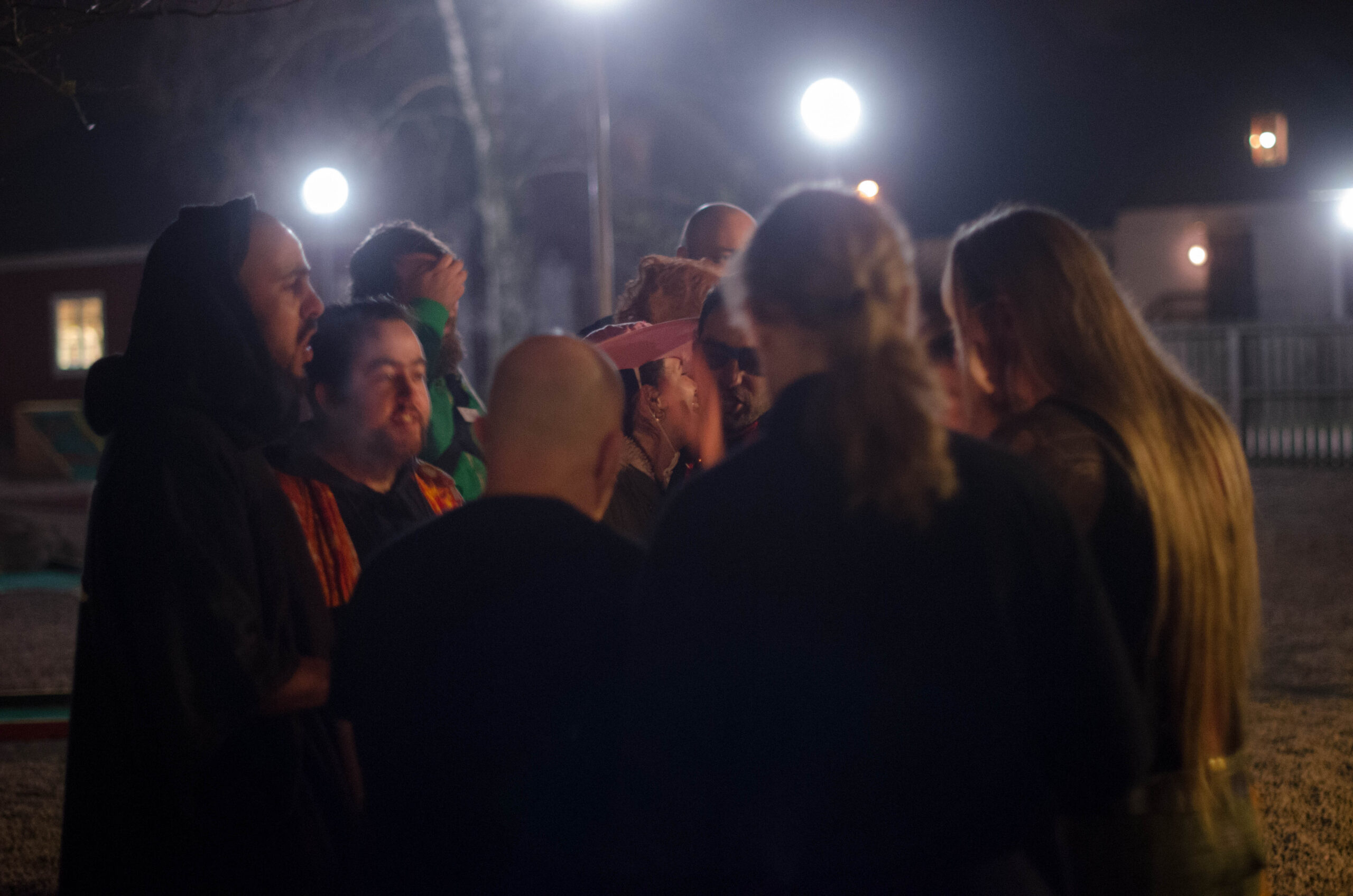
New Tastes in Brazilian Larp – From Dark Coca Cola to Caipirinha with Nordic Ice
What’s up in the Brazilian larp scene? In this session from Knutpunkt 2014, Wagner Luiz Schmit talks about how Nordic Larp has influenced parts of Brazilian larps. The video is unfortunately cut short in the end. Debate about the recent influence of the Nordic larp and transformations in larp community on Brazil, focusing in the
-
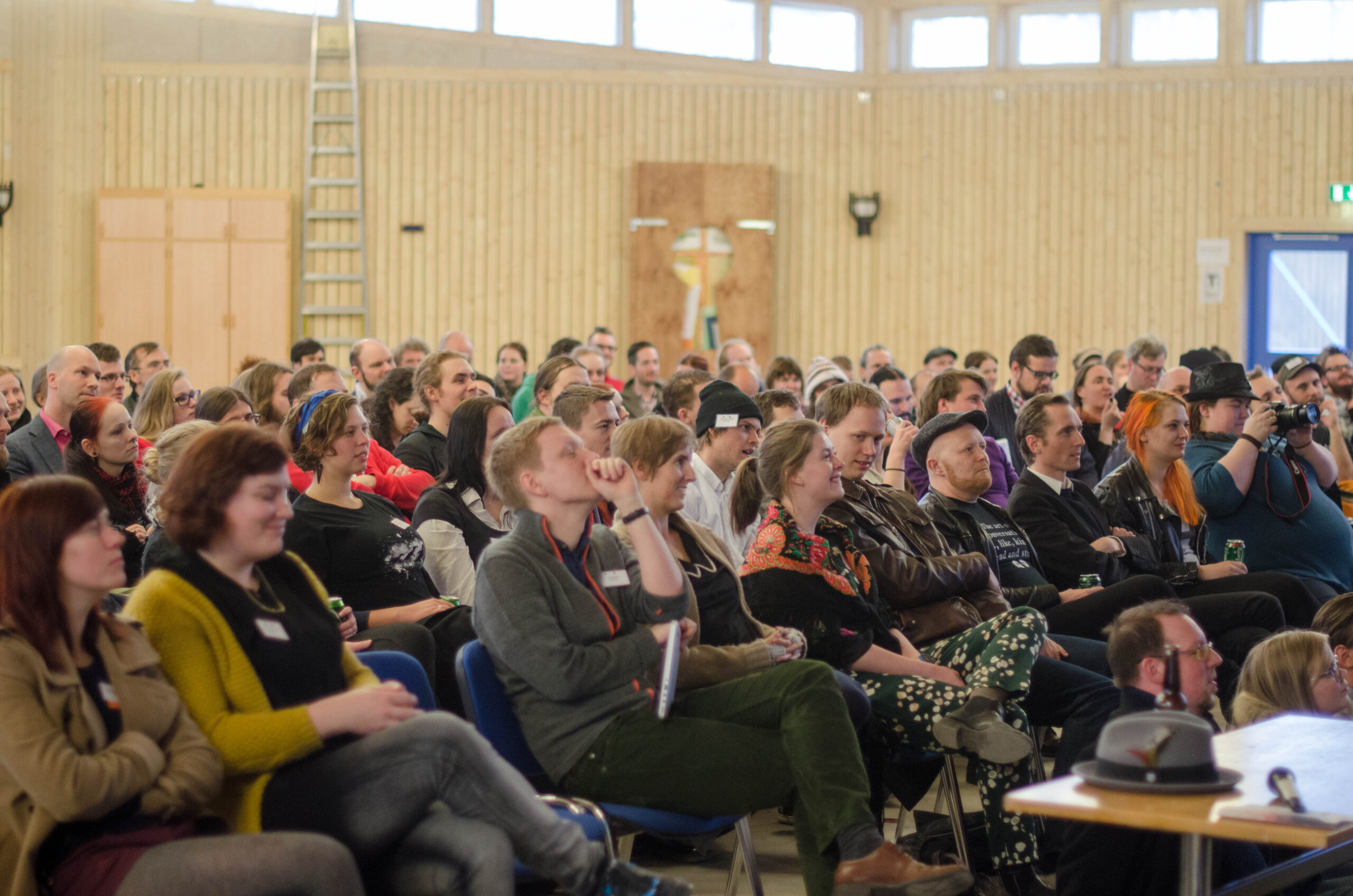
Larp Design: Theory and Practice
In this great talk at Knutpunkt 2014, larpwright Eirik Fatland give a very good breadown of larp design. Why do people do the stuff they do at larps, and how can you make them do other, more interesting, things? Characters! Relationships! Dramaturgy! A primer on what we think we know about larp design. The lecturer
-
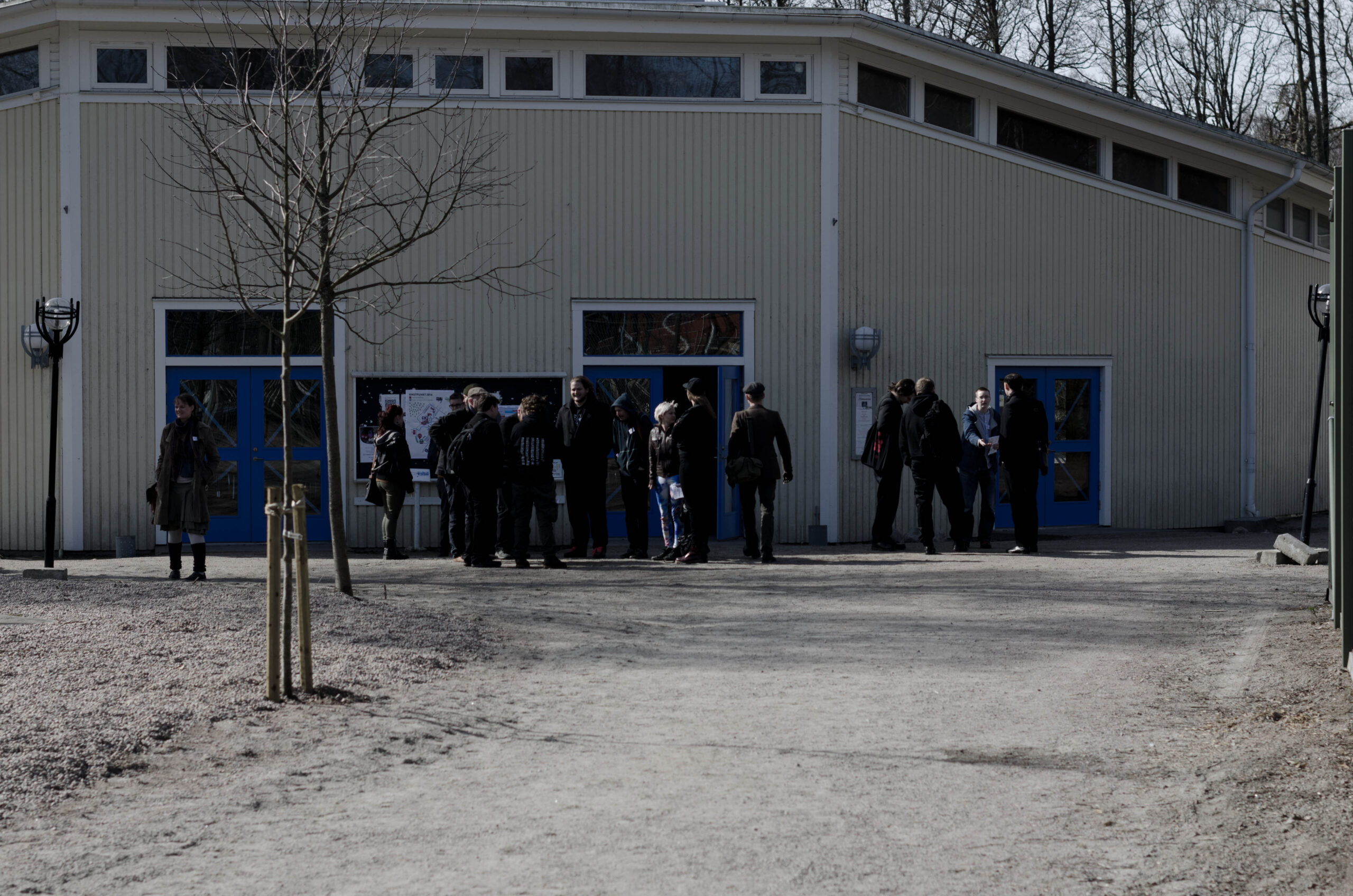
Spatial Design – Experiences
in
How can we create a spatial experience with which we design the player experience? Jonas Trier-Knudsen & Troels Barkholt-Spangsbo hosted this session at Knutpunkt 2014 where several organizer shared their best practices and experiences in short talks. The video is unfortunately cut short in the end. How do we change scenography from backdrop to active
-
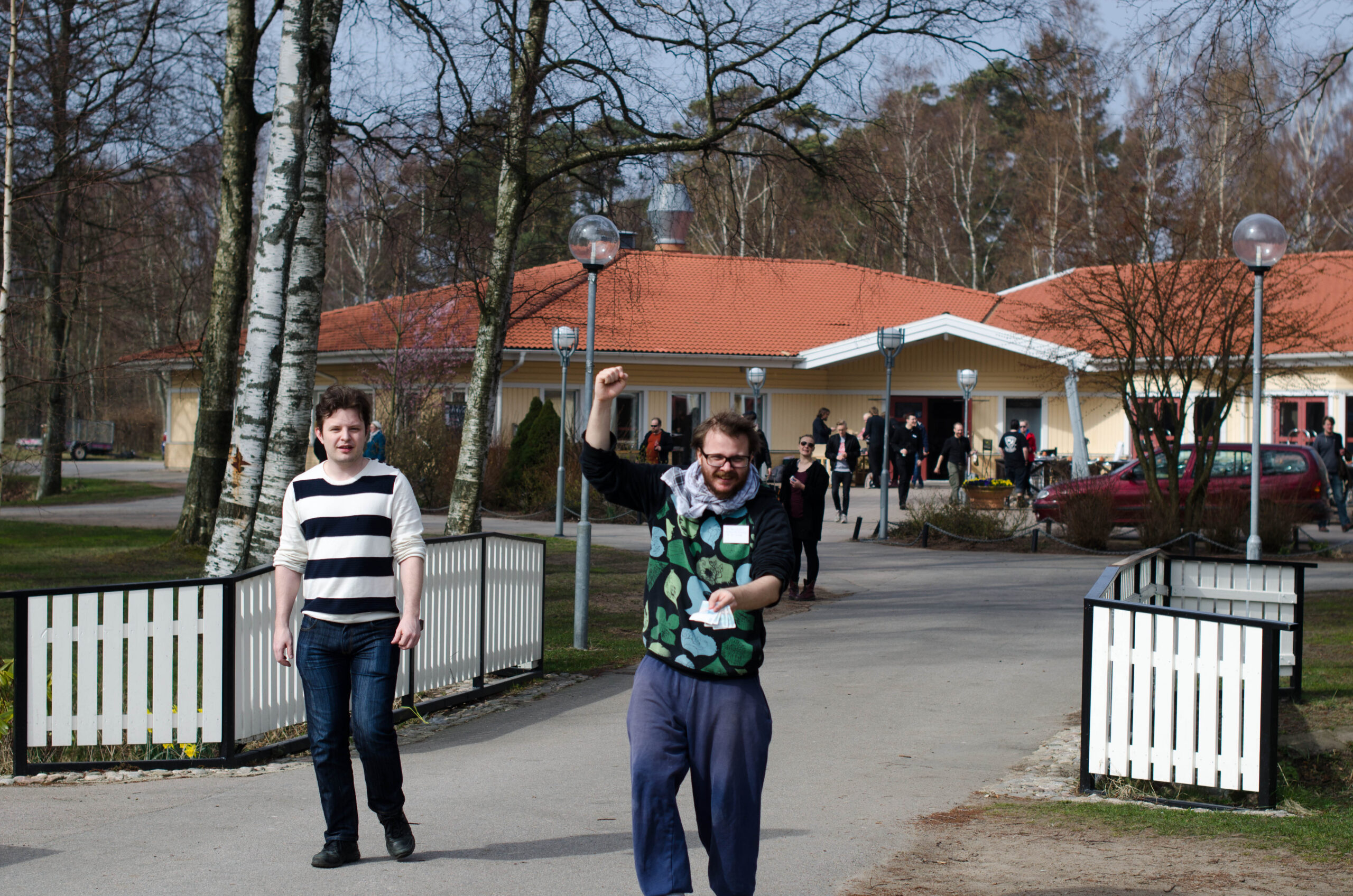
Short Presentations of Larps and Projects for 2014 and 2015
in
At Knutpunkt 2014, a bunch of larps, festivals and events was presented. It was hosted by Magnar Grønvik Müller The video is unfortunately cut short in the end. Short and sweet presentations of upcoming larps, larp festivals, larp conventions and other interesting events.
-
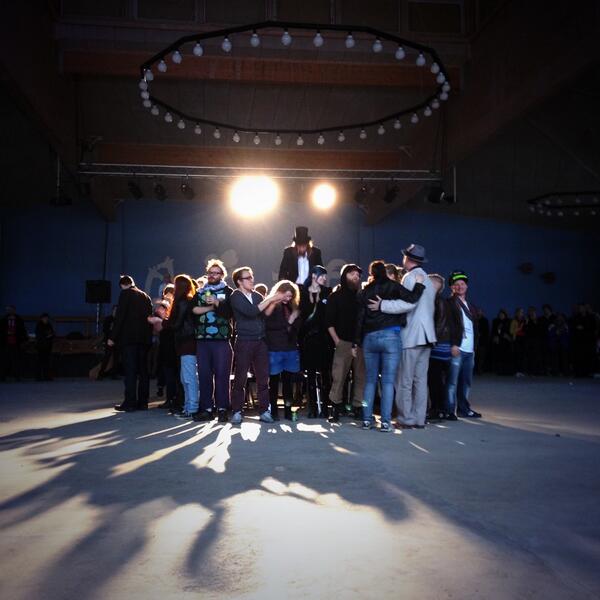
Knutpunkt 2014 – Summary
in
The larp conference Knutpunkt 2014 is now over and in this post we will gather as much material as possible. This post has been updated with all the filmed presentations, many of the slides, blogposts etc. Last updated 2014-05-08 Blog posts The Event Lizzie Stark: A Few Cool Things I Saw at Knutpunkt 2014 Thomas B.: Knutpunkt